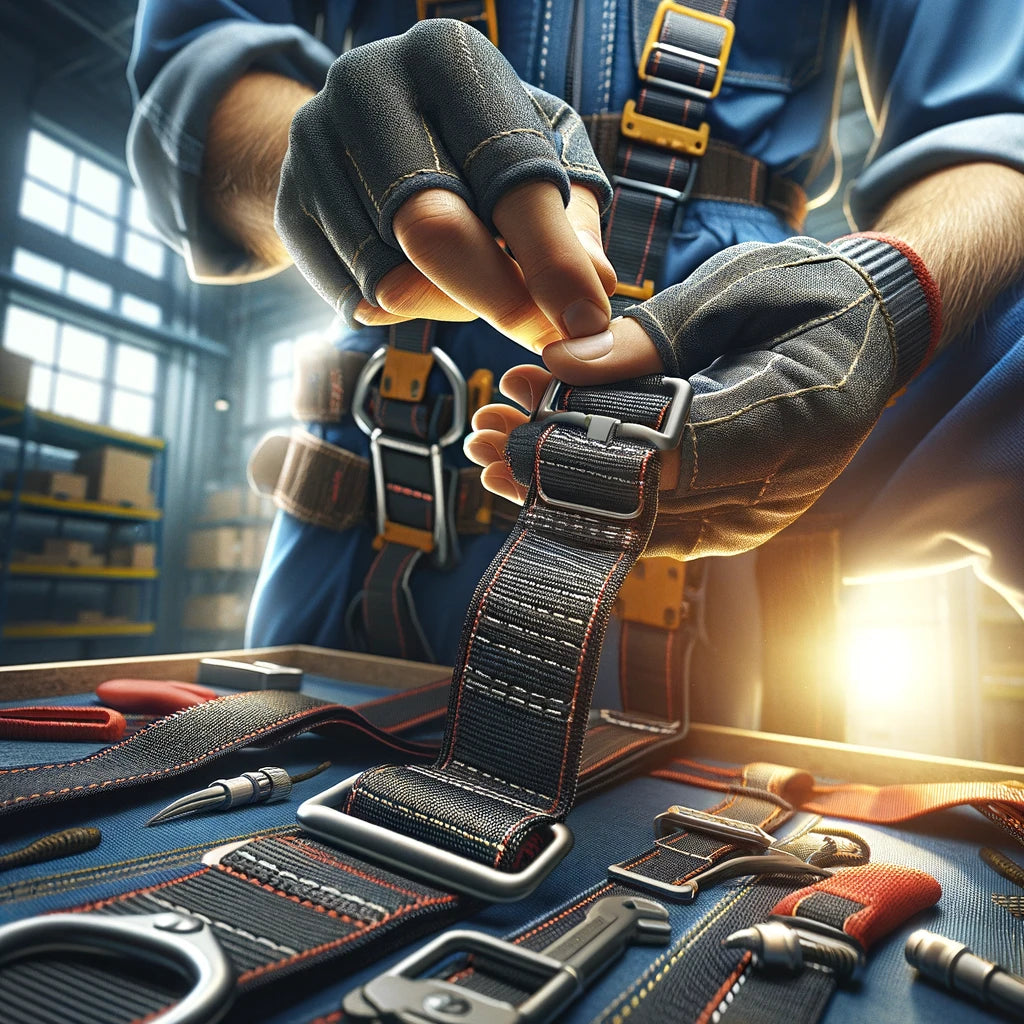When it comes to working at heights, gravity is not your friend. That's where a good safety harness comes into play, turning a potentially dangerous fall into a minor inconvenience. But with so many types and features available, how do you pick the right one? And once you have it, how do you use it correctly? Let's delve into the essentials of choosing and using the right safety harness, ensuring you're as safe up there as you are on solid ground.
Understanding Safety Harnesses
A safety harness is part of a personal fall arrest system, designed to catch you if you fall from a height. It's not just a piece of equipment; it's a lifeline. Safety harnesses distribute the force of the fall across your body, minimizing the risk of injury. But not all harnesses are created equal. They come in various designs, each tailored for specific tasks and environments.

Selecting the Right Harness
-
Know the Types: Harnesses are categorized by their intended use—construction, electrical work, roofing, etc. Identify what you'll be doing most often to narrow down your choices.
-
Check for Certifications: Look for harnesses that meet ANSI or OSHA standards. These certifications ensure the harness has passed rigorous safety tests.
-
Consider the Features: Do you need quick-release buckles? Extra padding for comfort? D-rings in specific positions? Make a list of must-have features before you shop.
-
Fit is Everything: A harness should fit snugly but comfortably, with no loose straps. Look for adjustable models that can accommodate layers of clothing.
-
Inspect Before You Invest: If possible, inspect the harness in person. Check the stitching, buckles, and any wear points to ensure they're in top condition.
Using Your Harness Correctly
-
Don Properly: Don't just throw it on. Each strap, buckle, and adjustment point needs your attention. Follow the manufacturer's instructions closely to ensure a proper fit.
-
Regular Inspections: Before every use, inspect your harness for signs of wear, damage, or degradation. Pay special attention to stitching, buckles, and attachment points.
-
Connect to a Secure Point: Your harness is only as good as what it's attached to. Make sure your lanyard or lifeline is connected to a secure anchor point that can support at least 5,000 pounds.
-
Mind Your Lanyard: Keep your lanyard or lifeline as short as possible to minimize fall distance. Also, be aware of your surroundings to avoid tripping or snagging it on equipment.
-
Training is Key: Proper training on how to use your harness is just as important as the harness itself. Participate in any available safety courses to stay up-to-date on best practices.

Conclusion
Choosing and using the right safety harness can be the difference between a safe day at work and a life-altering incident. By understanding your needs, selecting the right equipment, and using it correctly, you're not just complying with safety regulations; you're taking an active role in protecting yourself and your team. Remember, when it comes to working at heights, there's no such thing as being too cautious.
For those ready to take the next step in ensuring workplace safety, explore our comprehensive Fall Protection Collection. Here, you'll find a curated selection of safety harnesses and related equipment, each designed to offer maximum protection and peace of mind for various work environments.
FAQs
Can I use any safety harness for any job? No, harnesses are designed for specific types of work. Ensure your harness matches the job requirements and risks.
How often should I replace my safety harness? There's no one-size-fits-all answer, but inspect your harness regularly and replace it if you find any signs of wear, damage, or after a fall.
Is training really necessary for using a safety harness? Absolutely. Proper training ensures you understand how to fit, inspect, and use your harness correctly, significantly reducing the risk of injury.



Leave a Reply